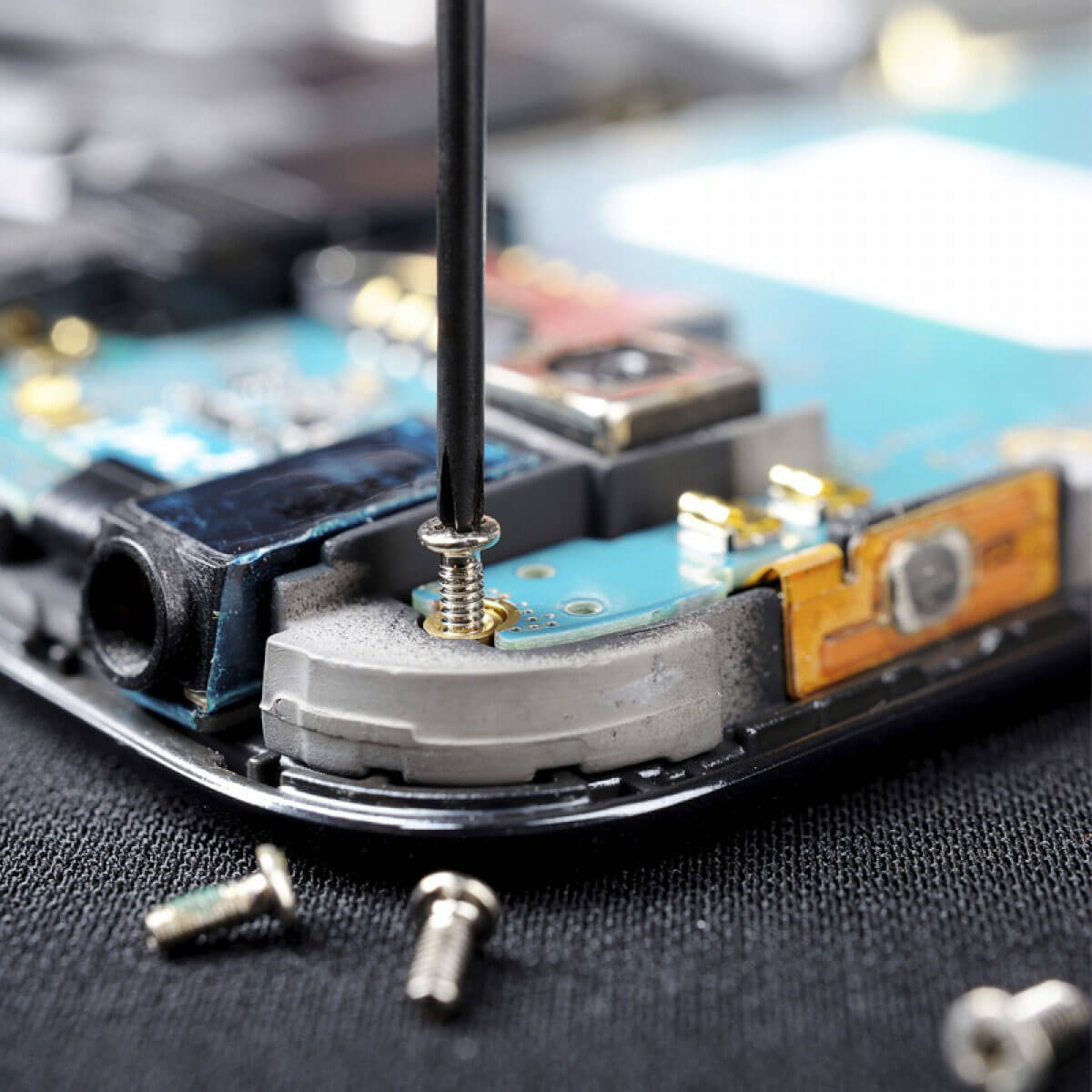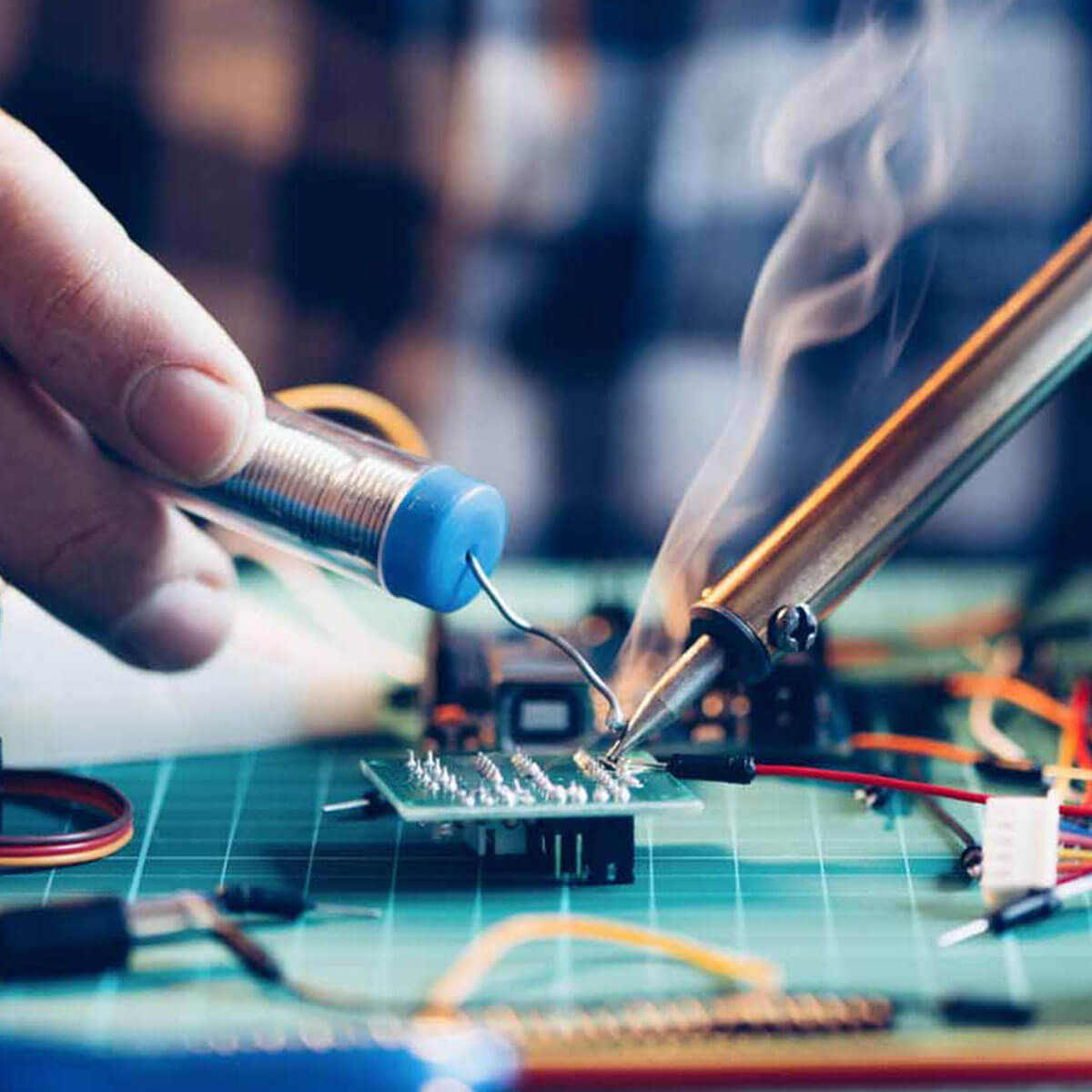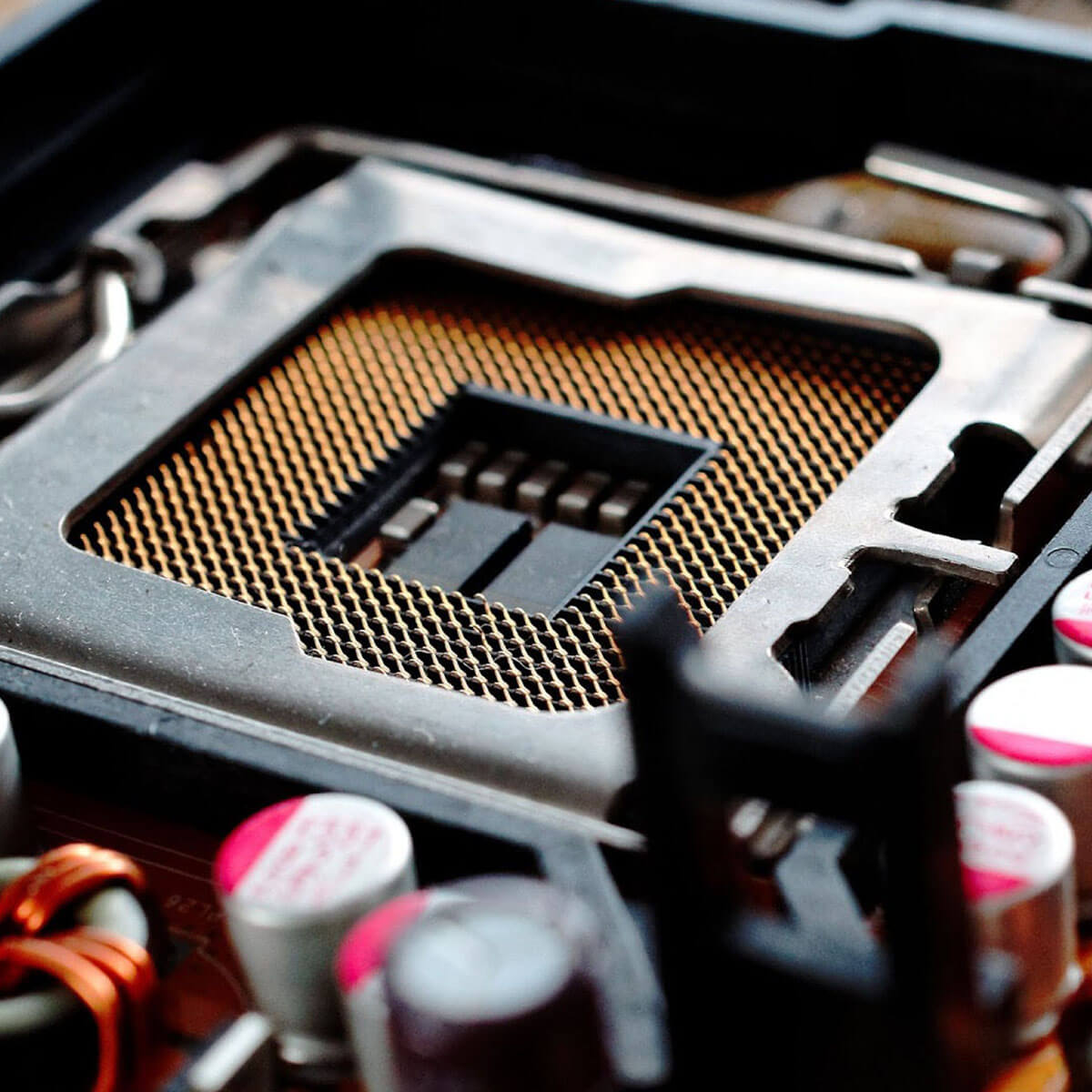Melbourne, Australia
Enter your email and password:
New customer? Create my account
Lost password? Recover password

Step- 
Request a Service Repair
Need a reliable fix? We're here to help! All phone repairs, including LCD screen replacements, water damage restoration, and charging port repairs, are handled by certified experts. Whatever the issue, we've got you covered.

Step- 
Schedule Your Service Repair
Ready to fix your phone? Booking a repair has never been easier! Choose a convenient time, and our certified technicians will care for the rest. Whether it’s a cracked screen, battery replacement, or charging issue, we’ll get your device working like new.
Our Services
What We Do



Mobile Repair
Is your phone not working as it should? At Phonebot, we specialize in fast and affordable mobile repair services for all major brands. From screen replacements to battery fixes, our expert team ensures your device is back to perfect condition in no time.
Tablet Repair
Don’t let a broken tablet slow you down. Phonebot offers quick and reliable tablet repair services for your iPads and Android tablets. Whether it’s a cracked screen or a software issue, we’ve got the tools to get it sorted hassle-free.
Laptop Repair
Need your laptop fixed? Trust Phonebot for professional laptop repairs with guaranteed results. From keyboard replacements to hardware diagnostics, we ensure top-notch service to get you back to work seamlessly.
iPhone Screen Replacement - Melbourne

If your iPhone screen is cracked, flickering, or completely unresponsive, Phonebot offers reliable screen replacement services in Melbourne, backed by a warranty and conducted by experienced technicians. From our Broadway-based workshop, we support iPhone owners across the city with dependable repairs, high-quality parts, and full diagnostic coverage.
iPhone Repairs We Offer in Melbourne
Our Melbourne repair centre handles a wide range of iPhone issues using trusted tools, quality components, and diagnostic expertise.
Screen Repairs & Display Replacements
We replace front glass and full display assemblies for damaged iPhones, whether you're dealing with cracks, ghost touches, or screen discolouration. Our team works on LCD and OLED displays depending on the model.
Battery Diagnostics & Replacement
If your iPhone struggles to hold a charge, heats up quickly, or shuts off unexpectedly, we can replace the battery with one that meets factory performance benchmarks.
Charging & Port Connectivity
Charging issues caused by worn-out ports or faulty connectors are resolved with part replacement or deep cleaning as needed.
Software Repair & System Optimisation
For iPhones experiencing slow performance, freezing, or app crashes, we provide system-level repairs and iOS fixes tailored to the device.
Water & Liquid Damage Treatment
In cases of exposure to moisture, we inspect internal components and attempt board-level cleaning or part replacement if recovery is possible.
Structural & Cosmetic Repairs
This includes back glass replacement, camera lens repair, and housing fixes on selected iPhone models.
Why Choose Phonebot for Phone Repairs?
Trusted Expertise
Our certified technicians specialize in diagnosing and repairing a variety of devices, including iPhones, Samsung phones, tablets, and even smartwatches. From fixing cracked screens to replacing damaged batteries, we’ve seen it all and repaired it all.
Quick Turnaround Time
We know how important your device is to you. That’s why we offer same-day repairs for common issues, ensuring minimal downtime.
Affordable and Transparent Pricing
We pride ourselves on offering affordable rates without compromising on quality. Plus, our upfront pricing ensures no hidden surprises.
Quality Assurance
All repairs are completed using high-quality parts, and we back our work with a warranty to give you peace of mind.
Find Us in Broadway, Melbourne
You can visit our service centre in:
Phonebot Repairs
Shop A, 289–291 Broadway, Reservoir VIC 3073
Walk-ins are welcome. If you're unable to make it in person, our mail-in service lets you send your device securely for expert servicing.
How Our Repair Process Works
Diagnosis: We conduct a thorough inspection of your device to identify the problem.
Transparent Quote: We provide an upfront quote with no hidden charges.
Repair: Using high-quality parts, we complete the repairs quickly and efficiently.
Quality Check: Every device undergoes a rigorous quality check before we return it to you.
If you're curious about how we maintain such high standards, check out the Phonebot refurbishment process. It's the same level of care we apply to every device, whether it's refurbished or repaired.
Special Offers on Refurbished Phones
Looking for a replacement device while yours is under repair? Check out our collection of refurbished handsets at competitive prices. Browse top brands like Apple and Samsung and enjoy great deals on certified pre-owned phones.
Explore Our Refurbished Collection Here
Devices We Also Repair
In addition to iPhones, Phonebot also handles:
Samsung Galaxy phones: screen, battery, and motherboard repairs
iPads and tablets: display and battery services
Smartwatches: Apple and Samsung models supported
Laptops and desktops: available for select hardware or OS-level fixes
Frequently Asked Questions
Do I need an appointment? Walk-ins are welcome, and online bookings are available for faster turnaround.
How much does it cost to fix an iPhone screen? Screen repair pricing varies by model, starting from around $129. We provide an exact quote after diagnosing your device.
Is the repair covered by warranty? Yes, our screen replacements and other services include warranty coverage for both the hardware and workmanship.
Can you match competitor pricing? We do our best to provide competitive pricing and will consider price-match requests for comparable services.
What happens if the phone is beyond repair? We can help transfer your data and assist you in choosing a replacement from our refurbished inventory.
Visit Phonebot Repairs Today
Don’t let a broken phone disrupt your life. Whether you’re dealing with a cracked screen, battery issues, or software problems, Phonebot Repairs is here to help.
Contact Us Now or visit us in-store to experience fast, reliable, and affordable phone repairs.
 Hot Deals
Hot Deals








